


Cabergoline is a dopamine receptor agonist derived from ergot alkaloids. It is used to inhibit prolactin secretion, making it effective for treating hyperprolactinemia, prolactinomas, and Parkinson’s disease. It is a long-acting dopamine D₂ receptor agonist that suppresses prolactin production by binding to dopaminergic receptors in the pituitary gland. Cabergoline contains NLT 98.0% and NMT 102.0% of cabergoline, calculated on the anhydrous basis for the crystalline form and on the anhydrous and solvent-free basis for the amorphous form. 1-Ethyl-3-[3-(dimethylamino)propyl]-3-[[(6aR,9R,10aR)-7-(prop-2-enyl)-4,6,6a,7,8,9,10,10a-octahydroindolo[4,3-fg]quinolin-9-yl]carbonyl]urea, corresponds to Cabergoline and 1-[(6-Allylergolin-8β-yl)-carbonyl]-1-[3-(dimethylamino)propyl]-3-ethylurea is an alternative representation of its chemical structure.


Cabergoline is a dopamine receptor agonist derived from ergot alkaloids. It is used to inhibit prolactin secretion, making it effective for treating hyperprolactinemia, prolactinomas, and Parkinson’s disease. It is a long-acting dopamine D₂ receptor agonist that suppresses prolactin production by binding to dopaminergic receptors in the pituitary gland. Cabergoline contains NLT 98.0% and NMT 102.0% of cabergoline, calculated on the anhydrous basis for the crystalline form and on the anhydrous and solvent-free basis for the amorphous form. 1-Ethyl-3-[3-(dimethylamino)propyl]-3-[[(6aR,9R,10aR)-7-(prop-2-enyl)-4,6,6a,7,8,9,10,10a-octahydroindolo[4,3-fg]quinolin-9-yl]carbonyl]urea, corresponds to Cabergoline and 1-[(6-Allylergolin-8β-yl)-carbonyl]-1-[3-(dimethylamino)propyl]-3-ethylurea is an alternative representation of its chemical structure.

.3d8f8f41.svg)
Pharmaceutical
.3556d45a.svg)

Pharmaceutical Actives & Precursors


Intermediates & Precursors
Included in Quote
Included in Quote
Included in Quote
Included in Quote
.7767eb0f.png)

Chemical Properties & Specifications
Used for hyperprolactinemia, prolactinomas, and Parkinson’s disease
Helps suppress excess prolactin secretion in patients with hormonal imbalances.
It is used to treat conditions caused by high prolactin levels, such as menstrual problems, infertility, and prolactinomas.
Cabergoline is a dopamine agonist that mimics dopamine and reduces prolactin secretion in the pituitary gland.
Common side effects include nausea, headache, dizziness, and fatigue.
Consult a healthcare provider, as it should only be used during pregnancy if medically necessary.
The duration varies per patient, follow your doctor’s instructions for length of use.
It is usually taken twice weekly with or without food, as directed by a doctor.
Avoid alcohol, driving, or operating machinery until you understand how it affects you.
Prolactin levels typically decrease within 3 hours of dosing, with effects lasting up to 2 weeks.
UNII-LL60K9J05T KEGG Drug ID- D00987 ChEBI ID- 3286 ChEMBL ID- 1201087
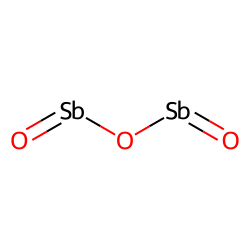
CAS No. : 1309-64-4
Category : Inorganic compound
Sub-Category : Flame retardants
Description: Antimony trioxide (Sb2O3) is an inorganic compound commonly used as a flame retardant and as a catal...
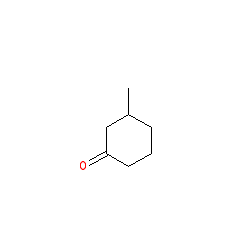
CAS No. : 36306-87-3
Category : Fragrance Ingredients
Sub-Category : Aroma Chemicals
Description: Kephalis is widley used in many industries. It plays a key role in the production of resins, coating...
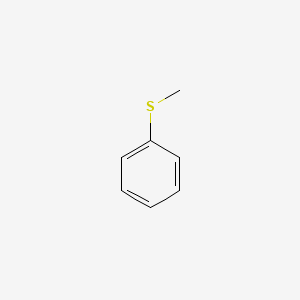
CAS No. : 100-68-5
Category : Pharmaceutical Actives & Precursors
Sub-Category : Intermediates & Precursors
Description: Thioanisole is a colorless to light yellow liquid with an aromatic odor. It serves as a valuable int...
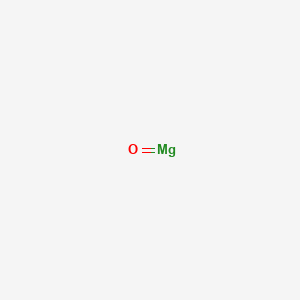
CAS No. : 1309-48-4
Category : Inorganic compound
Sub-Category : Magnesium compounds
Description: Magnesium oxide, commonly known as magnesia, is a white hygroscopic solid mineral that occurs natura...
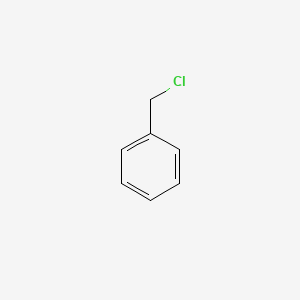
CAS No. : 100-44-7
Category : Organic Intermediate
Sub-Category : Reagents
Description: Benzyl Chloride is a colorless to pale yellow liquid with a pungent odor. It is primarily used as an...